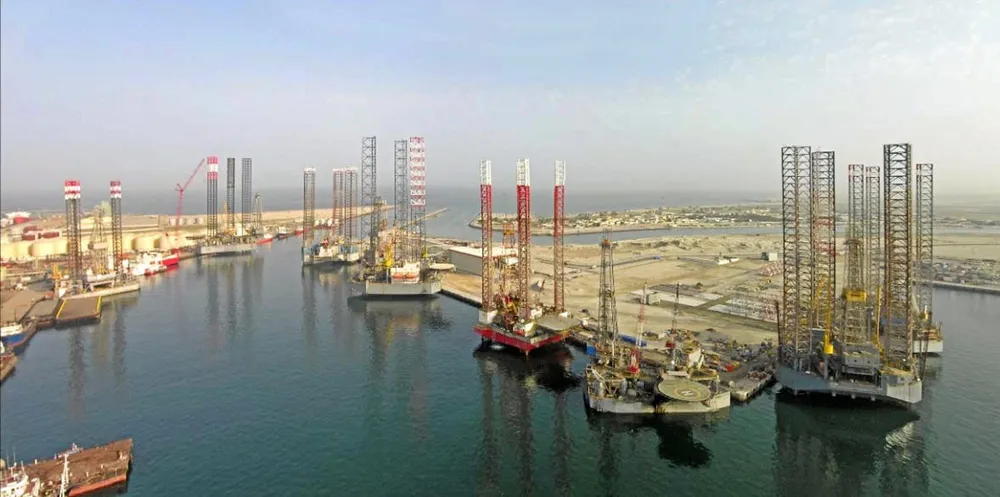Lamprell yard lands 200 floating wind units for Scottish offshore decarbonisation megaproject
Construction giant inks memorandum of understanding with Cerulean project partner NOV to deliver fleet of 'tri-floater' platforms as part of 3GW project to decarbonise oil production in UK North Sea
